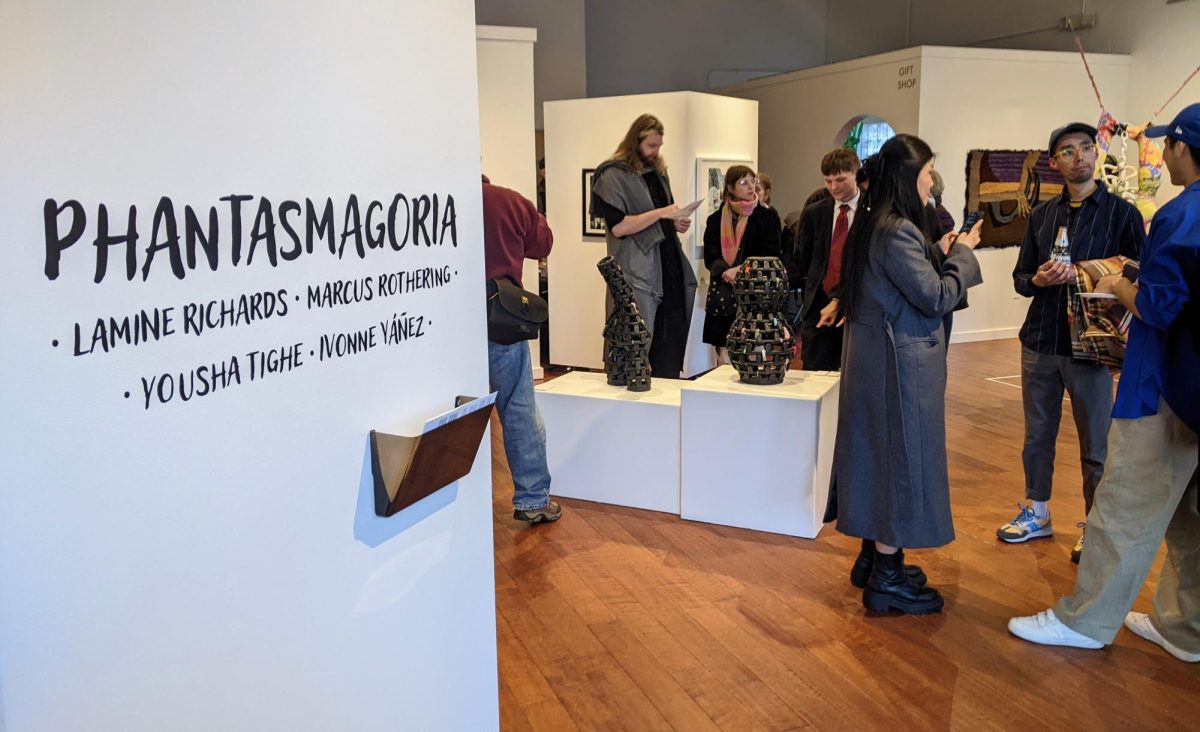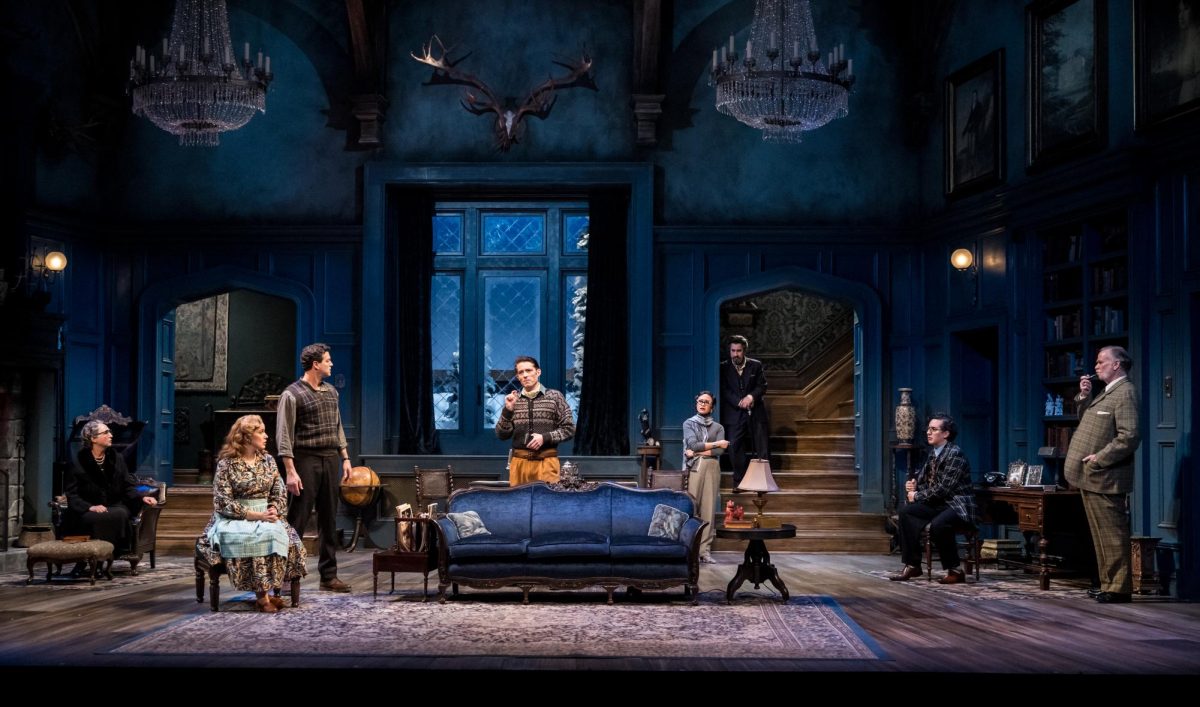Honking motorists, barking shih tzus, “Fergalicious” ring tones and those people in the coffee shop who won’t shut up while you’re trying to read the paper all melodiously make up the soundtrack to daily life in the city.
Our world is a factory of sounds – a constant mosquito buzzing in the ear, making one question if silence really exists.
“Quiet Time/Love’s Labour”
WHEN: Now through March 22
WHERE: Regis Center for Art, West Bank
TICKETS: Free
And then, when that blissful moment of quiet in this corporate jungle arrives, who’s got the time to enjoy it?
Ask any suit and they’ll tell you time is money, but the concept doesn’t apply so easily to art and its creators.
The Katherine E. Nash Gallery’s new exhibit, “Quiet Time/Love’s Labour,” uses visual symbols of time to investigate what can be produced when you stop counting in hours, minutes and seconds.
The exhibit features a diverse collection of 19 local and international artists whose work focuses more on process than product through displays of tiny stitching and precise arrangement.
An astonishing example of these artists’ indifference to time is Robin McCauley’s “Hair Table.” Only a small nightstand, it has vigilantly been threaded with individual horse-hairs. The result is what appears to be a balding tabletop.
A bit creepy, yes, but striking in its ability to provoke the viewer to think more deeply about the production of art.
McCauley says she uses her work to “retreat from life for awhile,” using the repetition and rhythm as a sort of meditation beyond time.
Coincidentally, the silk panels of Masako Takahashi are embroidered with hair as well – human hair.
Red, black and brown, the hair appears to be thread sewn with majestic precision. Together, the hairs create intricate patterns that look like the text of some ancient, yet-to-be-translated language.
For most people, quiet time is when we shut off our logistical brains, letting our minds wander anywhere besides work. For artists, these are the moments when they punch-in.
Glancing around the gallery, it’s hard not to ask questions, like “Why the hell would Eleni Theofilaktou spend so much time crocheting oversized wool webs?” or “What drives Pat Hickman to glue countless nails between hog intestines?”
The answers seem to lie in the absence of any.
Diane Katsiaficas, the exhibition’s coordinator and curator as well as a University art professor, said you can’t follow the work logically; the pieces ask questions, but do not provide the answers.
Works like “Art Means to Dream” by Spiridoula Politi – a sheet scattered with ink, stitching, dolls and an intoxicatingly beautiful blue puddle – pull you into the piece and out of conventional time.
“This art is a meditative consideration of the visual metaphors of time,” she said.
With surprises in every corner, including a fully functioning mobile by Daniel Koplin and the familiar faces on Cate Whittemore’s voodoo dolls, one must pay strict attention to detail.
Next to the wall of crimson velvet skeletons by Maro Michalakakos’ “The Human Voice” lies a smaller complimentary piece, consisting of a small broken metronome with clay arms attached at the sides.
A play on what makes our bodies tick, the small instrument with limbs is a beautiful parallel of how mundane life can become when keeping time is priority.
Flicking the metronome, you can almost hear the quiet click speak – the beat of time and responsibilities connected to each tick tock of the clock.
Tick … deadlines Ö tock Ö laundry Ö tick Ö dinner Ö tockÖ
Because the art in “Quiet Time/Love’s Labour” is so dependent on the artist’s time investment during production, the only way for the viewer to truly appreciate its beauty is to concurrently invest time in understanding the show.
So skip class, leave work early, take a deep breath and turn off your headphones. A challenge indeed, but it’s time to enjoy the quiet.







